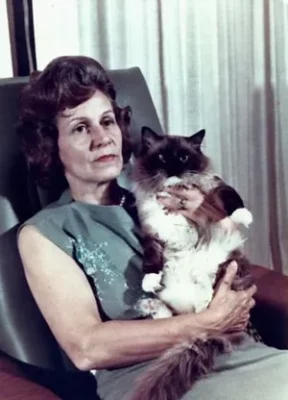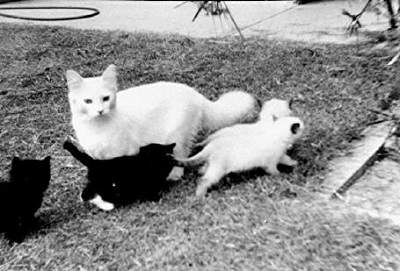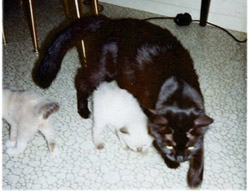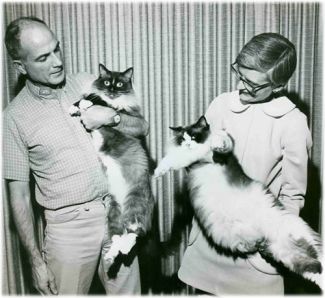A Dive into the History of the Ragdoll Cat
The world of cat breeds is as diverse as it is fascinating, with each feline friend having its own unique charm and history. Among these remarkable breeds, the Ragdoll cat stands out not only for its striking appearance but also for its intriguing origin story. Often described as “puppy-like” due to their docile and affectionate nature, Ragdolls have captured the hearts of cat lovers worldwide. Let’s explore the history of the Ragdoll cat, unraveling the mysteries and tales that surround this enchanting breed.

Origins in California
The Ragdoll cat’s history is relatively recent compared to some other feline breeds. It all began in the 1960s when a woman named Ann Baker, residing in Riverside, California, started breeding cats. Ann owned several cats, one of which was a white Persian-Angora mix named Josephine, or “Josie” for short. Josie was known for her striking blue eyes and gentle disposition.

The Birth of the Breed
Ann Baker claimed that a unique transformation occurred in Josie after a traumatic accident. Josie was allegedly hit by a car and, following the incident, her temperament seemed to change dramatically. She became remarkably relaxed and docile, seemingly unbothered by pain. It was from Josie’s descendants, including her sons Daddy Warbucks and Buckwheat, that Ann Baker started selectively breeding, aiming to capture the unique qualities that Josie displayed after her accident.

The Characteristics of Ragdolls
Ragdolls are famous for their distinctive appearance and charming personality traits. They are large, sturdy cats with semi-long fur, striking blue eyes, and a soft coat that comes in various color patterns, including colorpoint, mitted, and bicolor. Their fur is remarkably soft and silky to the touch, making them even more endearing to their owners.

In terms of temperament, Ragdolls are renowned for their affectionate and gentle nature. They are often described as “puppy-like” because they enjoy following their human companions around, cuddling in their laps, and even playing fetch. These sociable cats are known for their tendency to go limp when picked up, giving rise to the breed’s name, “Ragdoll.”
Recognition and Spread
The Ragdoll cat quickly gained popularity among cat enthusiasts, and Ann Baker worked diligently to promote her breed. In 1975, she founded the International Ragdoll Cat Association (IRCA) to maintain control over the breeding standards and registration of Ragdolls. However, in the 1980s, a group of breeders decided to establish their own association, the Ragdoll Fanciers’ Club International (RFCI), to further the breed’s recognition. In 1993, the RFCI merged with another group, leading to the establishment of The International Cat Association (TICA) as the primary registry for Ragdoll cats.
Today, Ragdolls are recognized by various cat registries worldwide, and they have earned a place in the hearts and homes of cat lovers everywhere. Their unique combination of striking beauty and affectionate nature makes them a highly sought-after breed.

The history of the Ragdoll cat is a testament to the remarkable journey of a breed born out of love and admiration for a single extraordinary feline, Josie. From Ann Baker’s humble beginnings in California to their worldwide recognition today, Ragdoll cats have become beloved companions for countless people around the globe. With their stunning appearance, gentle disposition, and endearing personalities, Ragdolls continue to enchant cat enthusiasts and remind us of the captivating stories that lie behind our favorite feline friends.
